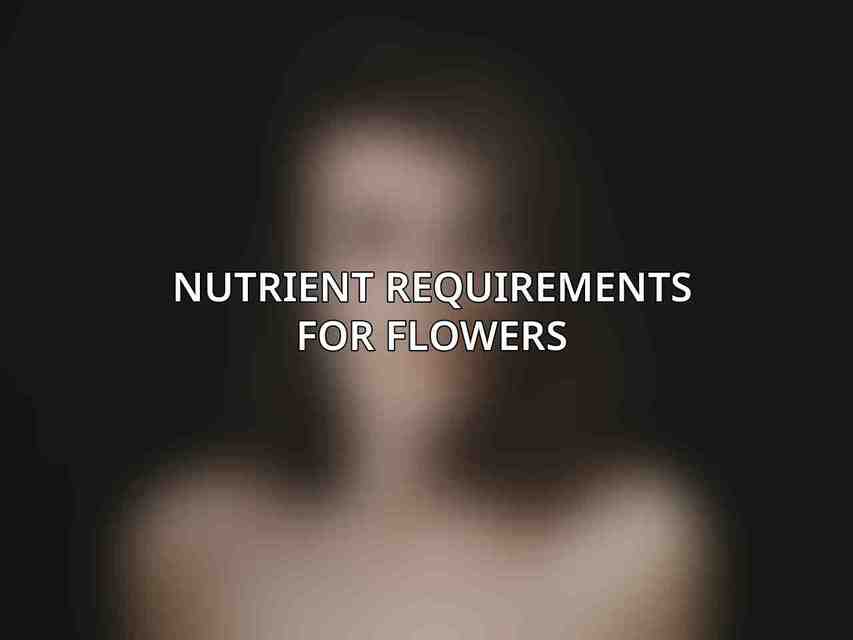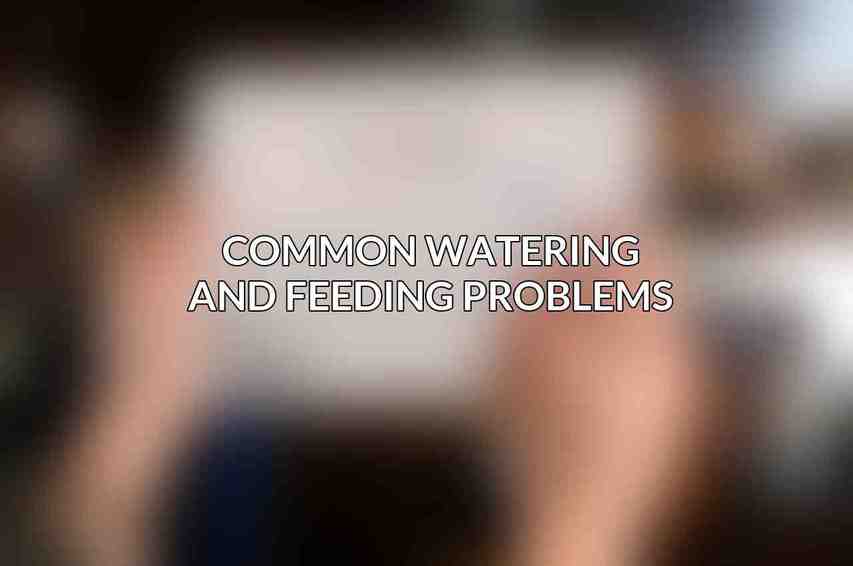Properly understanding the watering needs of fresh flowers is crucial for maintaining their health and longevity. Here are some key aspects to consider:
| Product | Description | Price | Availability | ||||||||||||||||||||||||||||||||||||||||||||||||||||||||||||||||||||||||||||||||||||||||||||||||
|---|---|---|---|---|---|---|---|---|---|---|---|---|---|---|---|---|---|---|---|---|---|---|---|---|---|---|---|---|---|---|---|---|---|---|---|---|---|---|---|---|---|---|---|---|---|---|---|---|---|---|---|---|---|---|---|---|---|---|---|---|---|---|---|---|---|---|---|---|---|---|---|---|---|---|---|---|---|---|---|---|---|---|---|---|---|---|---|---|---|---|---|---|---|---|---|---|---|---|---|
| Bouquet of Roses | An assortment of beautiful roses arranged in a vase | $49.99 | In stock | ||||||||||||||||||||||||||||||||||||||||||||||||||||||||||||||||||||||||||||||||||||||||||||||||
| Orchid | A single orchid plant in a pot | $29.99 | In stock | ||||||||||||||||||||||||||||||||||||||||||||||||||||||||||||||||||||||||||||||||||||||||||||||||
| Sunflower Bouquet | A bright and cheerful bouquet of sunflowers | $39.99 | In stock | ||||||||||||||||||||||||||||||||||||||||||||||||||||||||||||||||||||||||||||||||||||||||||||||||
| Lilies | A classic and elegant bouquet of lilies | $44.99 | In stock | ||||||||||||||||||||||||||||||||||||||||||||||||||||||||||||||||||||||||||||||||||||||||||||||||
| Mixed Bouquet | A colorful mix of flowers arranged in a vase | $54.99 | In stock | ||||||||||||||||||||||||||||||||||||||||||||||||||||||||||||||||||||||||||||||||||||||||||||||||
| Visit Flowers Fast | |||||||||||||||||||||||||||||||||||||||||||||||||||||||||||||||||||||||||||||||||||||||||||||||||||
A. Frequency and Amount

Importance of regular watering: Consistent watering is essential to keep flowers hydrated and ensure they receive the necessary nutrients.
Factors influencing frequency:
- Plant species
- Pot size and material
- Environmental conditions such as temperature and humidity
Soil moisture meter as a tool: Utilizing a soil moisture meter can help in accurately determining when to water plants.
Indicators of underwatering and overwatering: It’s important to recognize signs of both underwatering (like wilting) and overwatering (such as yellowing leaves) to adjust watering practices accordingly.
B. Methods of Watering
Top versus bottom watering: Depending on the plant and its water needs, you can choose between watering from the top or bottom of the pot.
Watering can versus hose: Using a watering can allows for more precise watering, while a hose is convenient for larger gardens.
Automatic watering systems: Automated systems can help ensure consistent watering, especially for busy individuals or large plant collections.
C. Best Practices
Water deeply and infrequently: Providing a thorough watering less frequently encourages deep root growth.
Avoid splashing water on leaves: Preventing water from sitting on the leaves can reduce the risk of disease.
Allow water to drain properly: Ensuring proper drainage helps prevent waterlogging, which can lead to root rot.
Nutrient Requirements for Flowers

Understanding the essential nutrients required for vibrant and healthy flowers is key to their overall well-being:
A. Essential Nutrients:
Nitrogen (N): Essential for leaf growth and maintaining a healthy green color.
Phosphorus (P): Necessary for root development and promoting flowering.
Potassium (K): Aids in water regulation within the plant and improves overall disease resistance.
B. Secondary and Micronutrients
Importance and specific roles: Secondary and micronutrients like calcium, magnesium, iron, and zinc play crucial roles in various plant functions.
Examples: These micronutrients are essential for specific metabolic processes and overall plant health.
For further information on the importance of nutrients for flowers, refer to resources like Gardening Know How.
Choosing the Right Fertilizer
Selecting the appropriate fertilizer is essential for providing flowers with the necessary nutrients for optimal growth:
A. Types of Fertilizers:
Organic versus synthetic: Choose between organic fertilizers for a natural approach or synthetic ones for more controlled nutrient availability.
Granular versus liquid: Granular fertilizers release nutrients slowly, while liquid ones provide a quicker nutrient boost.
Slow-release versus quick-release: Consider the plant’s needs and growth stage when deciding between slow or quick-release fertilizers.
B. Reading Fertilizer Labels
N-P-K ratio and its significance: Understanding the ratio of nitrogen, phosphorus, and potassium in a fertilizer helps tailor the feeding to the plant’s specific requirements.
Other nutrients to look for: Check for additional nutrients like calcium, magnesium, and sulfur that can benefit plant growth.
For specific fertilizer recommendations for flowers, visit Flowers Fast.
C. Flowers Fast Fertilizer Recommendations
Flowers Fast Bloom Booster (10-52-10):
- High-phosphorus formula for abundant flowering
- NPK ratio: 10-52-10
- Container size: 8 oz.
- Application: Dilute 1 teaspoon per gallon of water
- High-phosphorus formula for abundant flowering
Flowers Fast Plant Food (20-20-20):
- Balanced formula for overall plant health
- NPK ratio: 20-20-20
- Container size: 12 oz.
- Application: Dilute 1/2 teaspoon per gallon of water
- Balanced formula for overall plant health
Feeding Schedule and Techniques
Establishing a proper feeding schedule and application methods is crucial for ensuring flowers receive the nutrients they need:
A. Frequency and Amount
Recommended feeding schedule: Adjust the feeding frequency based on the plant type and growth stage to avoid nutrient deficiencies or excess.
Diluting fertilizers: Properly diluting fertilizers helps prevent nutrient burn and ensures a balanced nutrient supply.
B. Methods of Fertilizing
Foliar feeding: Applying nutrients directly to the leaves can provide a quick absorption method.
Soil drenching: Watering the soil with diluted fertilizer allows for gradual nutrient uptake by the roots.
Granular applications: Sprinkling granular fertilizer around the plant base ensures slow and consistent nutrient release.
C. Best Practices
Fertilize during active growth periods: Providing nutrients during periods of active growth supports flowering and overall plant vitality.
Avoid over-fertilizing: Excessive fertilization can harm plants, so it’s essential to follow recommended guidelines.
Consider using a fertilizer specifically designed for flowers: Tailored formulas can address the specific needs of flowering plants.
For additional insights on feeding schedules and techniques, consult resources such as The Spruce.
Common Watering and Feeding Problems

Identifying and addressing common issues related to watering and feeding is essential for maintaining healthy flowers:
A. Yellowing Leaves
Yellowing leaves can be a sign of various problems, including nutrient deficiencies, overwatering, or pests. Adjusting watering and feeding practices can help resolve this issue.
B. Wilting
Determining the cause of wilting, whether due to underwatering, diseases, or environmental stress, and addressing it promptly can help revive the plant.
C. Brown Leaf Tips
Brown leaf tips may indicate nutrient deficiencies, improper watering practices, or environmental factors. Identifying the root cause is essential to remedy the issue effectively.
D. Pests and Diseases
Watering and fertilizing practices can impact a plant’s susceptibility to pests and diseases. Maintaining proper care routines can help prevent and manage these issues effectively.
Special Considerations
Taking into account specific scenarios and adjustments is crucial for the overall care of fresh flowers:
A. Flowering Plants in Pots
Tailoring watering and feeding strategies to container-grown flowers is essential due to their limited root space and drainage capabilities.
B. Seasonal Adjustments
Adapting watering and feeding routines to accommodate seasonal changes in light, temperature, and growth patterns ensures flowers receive optimal care throughout the year.
C. Troubleshooting
Identifying and addressing common problems related to watering and feeding, such as nutrient deficiencies or watering issues, is key to maintaining healthy flowers. For expert advice and assistance, consider contacting Flowers Fast specialists.
By implementing these watering and feeding guidelines, you can ensure your fresh flowers thrive and bloom vibrantly throughout the year.
Frequently Asked Questions
What is the best way to water fresh flowers?
The best way to water fresh flowers is to pour water directly into the soil around the base of the plant, avoiding getting water on the leaves and petals.
How often should I water my fresh flowers?
The frequency of watering fresh flowers depends on the type of flower and the surrounding environment. In general, most fresh flowers require watering every 2-3 days.
How can I tell if my fresh flowers need watering?
You can tell if your fresh flowers need watering by checking the soil moisture level. Stick your finger into the soil about an inch deep and if it feels dry, it’s time to water the flowers.
What is the best fertilizer for fresh flowers?
The best fertilizer for fresh flowers is a balanced liquid fertilizer with equal parts of nitrogen, phosphorus, and potassium. Make sure to dilute the fertilizer according to the instructions on the packaging.
How often should I feed fresh flowers with fertilizer?
Fresh flowers should be fed with fertilizer every 2-4 weeks during the growing season. Be careful not to over-fertilize as it can harm the flowers.

